To stretch a tire, start by slipping the tire into the rim by applying soapy water. Then spray a flammable gas on all the sides of the rim and inner tire. Once done, light it up with fire, and the tire shall pop out to cover the entire rim. Then use the air compressor to get rid of the fire on the rim. Use the same air compressor to fill in the air or take some out according to the required tire pressure.
Working on tire stretching can also be a risky exercise. For one, the tire suddenly pops out, and second, the fire can spread. So, always keep a fire extinguisher nearby.
What's In This Guide?
The exercise of tire stretching involves fitting small tires into wider wheels or rims. To some, tire stretching is an art form, as it improves performance and enhances the aesthetics of the vehicle. It is a popular practice as car owners want to fit narrow tires into wider rims instead of buying new tires that can originally fit into the rim.
The suspicion surrounding the concept of tire stretching is that it costs the car performance. The performance issues are true, but only to some extent. Because there are a few ways to stretch the tires, and some are right while others, not so good.
Hence, to ensure that you get the best results, follow the right tire stretching practices. The following sections will detail out the steps for stretching and the supplies you will need for the same.
Can I Stretch My Tires at Home?Yes, you can, but only if you are following the right practices. To stretch a tire, you must play with fire, which is quite dangerous. So, while we would not recommend working on it at home, if you can follow the right procedure, there is no need to worry about any damages.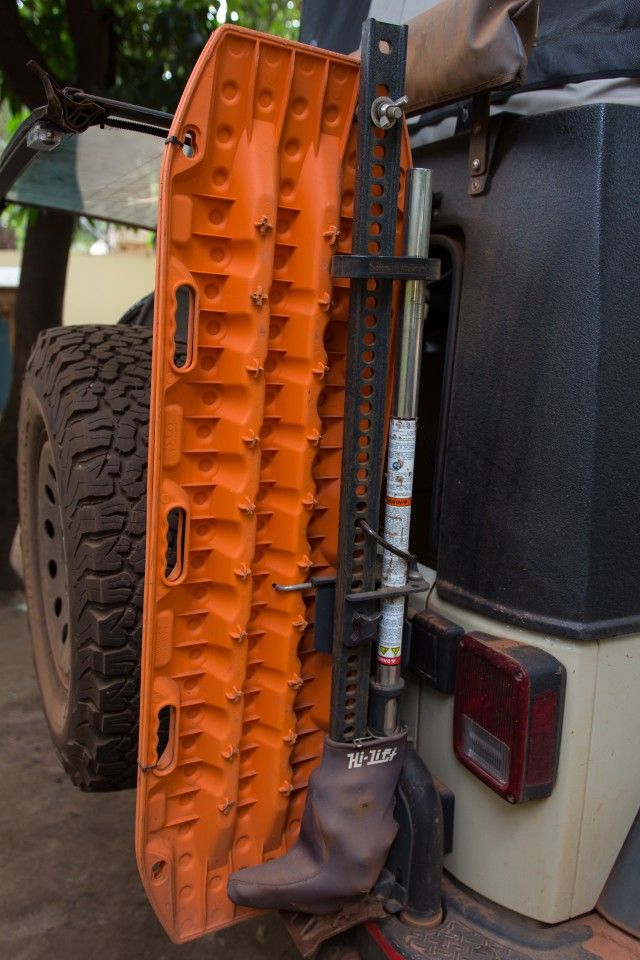
Even though tire stretching is mostly a process-based exercise, there are a couple of things essential to the exercise.
Start by preparing the tire and the rim that you want to work on. Remember that the tire size must be smaller than the rim for the entire exercise to work. Because the whole purpose of tire stretching is to fit a small tire onto a larger rim.
Remember that the tire size must be smaller than the rim for the entire exercise to work. Because the whole purpose of tire stretching is to fit a small tire onto a larger rim.
Not every type is stretchable and can be fitted onto a rim. Hence, make sure to do some research before stretching if you want to do it yourself in your garage or backyard. For better safety, we would recommend that you take the tire and the rim to the backyard.
Step 2:In the backyard, lay down the rim (preferably of steel) on a flat surface. This is followed by slipping the tire inside the rim. To ensure that the tire slips in smoothly, use soapy water and apply it on the tire beads.
For the other end of the bead to slip in, use a tire spoon or a long flat screwdriver. If you have never done it before, be cautious that while slipping in the other end of the tire bead, the tire spoon can kickback. So, keep it firmly in one place and hold it tight.
Step 3:
Use the flammable spray and spread the gas across the inner side of the tire.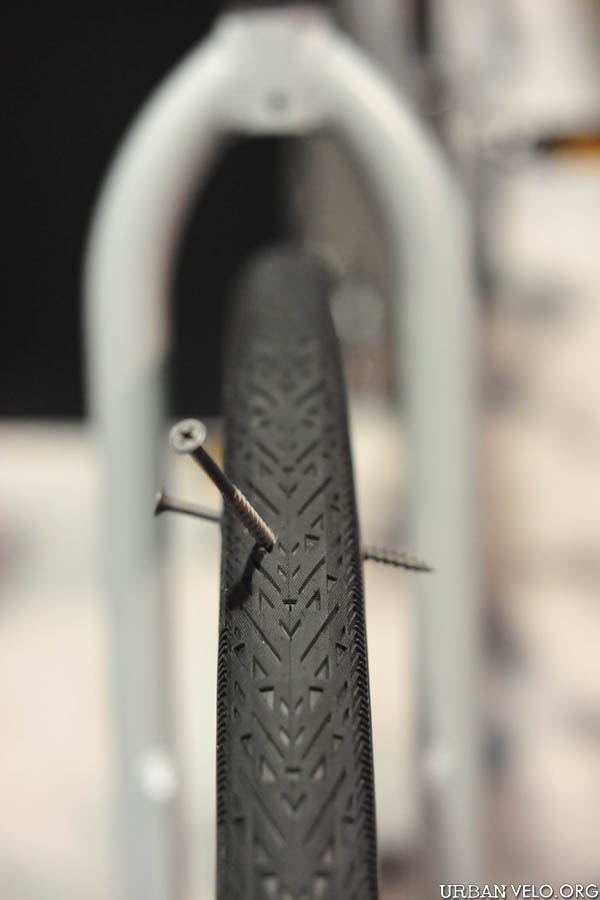 The most popular choices are deodorants, brake cleaners, or hair sprays.
The most popular choices are deodorants, brake cleaners, or hair sprays.
If you want to spice things up a bit, butane is also an option to use as a flammable spray. Butane is highly flammable, so use it judiciously. As for how much flammable spray you must use, it depends on tire size. Larger tires will require higher volumes of spray as compared to the tires of small size.
In this step, you must have read somewhere or heard that the air compressor must be connected to the tire before firing it up. But this is not the right process. Instead, the air compressor has to be connected afterward. After spraying the tire, fire it up.
Step 4:The tire should automatically pop to fill the extra space on the rim, and it’s beads should be facing inwards. There will be some fire spread across the tire diameter; use the air compressor to blow it off.
Remember that a minimal amount of fire will be there. So don’t be alarmed, and in case things seem to get out of hand, use the fire extinguisher.
Another thing to remember is, when the tire pops out, there will be a sound that can be alarming. Hence, it will be best to keep the kids away, especially if you are working in your backyard.
Step 5:Once the tire has taken the extra space in the rim, use the air compressor to check the tire pressure and, if required, fill in or compress the required volume of air.
That is it. Now you have successfully fitted a small-sized tire on a wide-sized rim.
Frequently Asked QuestionsAre Stretched Tires Safe?By principle, we are fitting a small tire on a rim that has a size bigger than the tire. So, tire stretching can be safe and unsafe. Having said that, if you are using good quality tires, follow the right process, there is nothing to worry about. In terms of driving, stretched tires can be difficult to handle around tight corners as the tire will have less friction. Also, you won’t be able to use the tires again.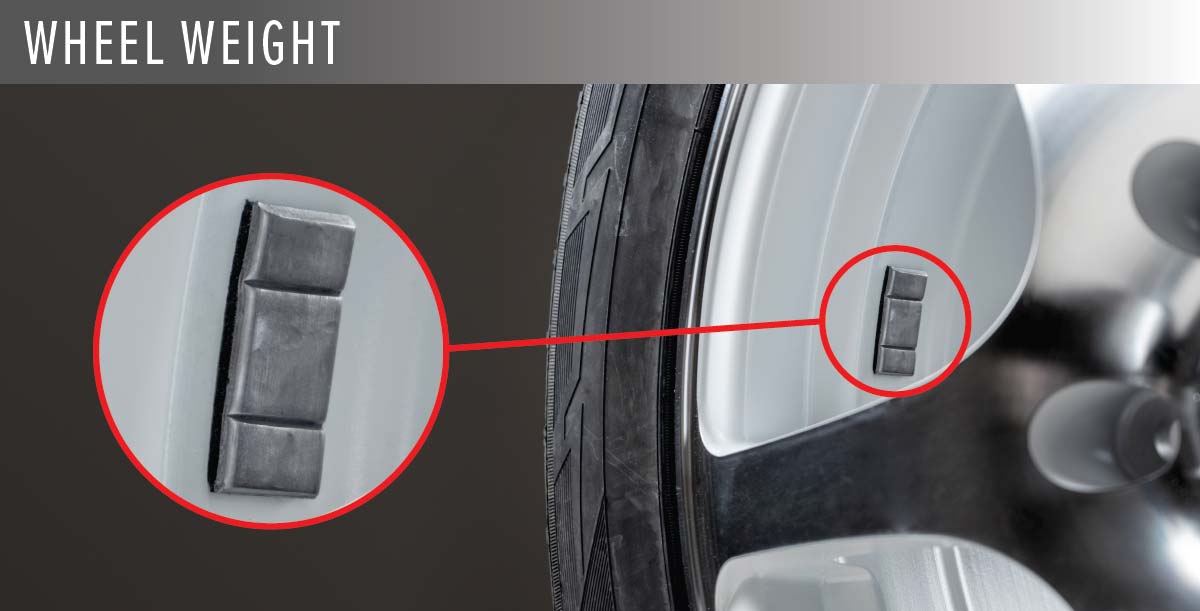
Until now, we have not seen a law or regulation to dictate the terms and conditions for stretching. It is based on creating tension between the tires and the rim. So, there are side effects of the same. Still, it will be better if you can check out the official websites that explain the laws related to the road and its safety.
Is there any other way to stretch tires besides using fire and flammable spray?Yes, there are a few other methods, but they are not as effective as the fire one. Because driving with stretched tires is a risky thing to do, you should not rely on any method that does not guarantee any results.
Tire stretching has existed for decades, and it’s been a while stretched tires have become a craze among car enthusiasts. Many people actively go for this add-on just because it makes their vehicles look iconic.
Interested in giving your car a makeover with such tires? Check this stretched tires guide.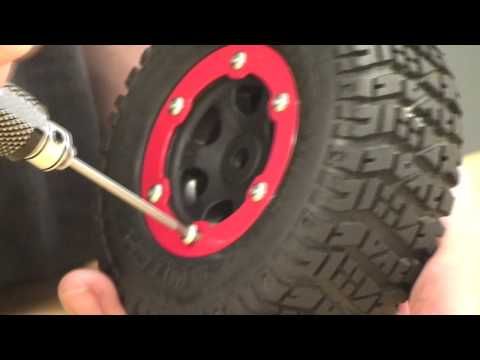
Stretched tires refer to mounting a narrow tire onto a wider rim or wheel. It’s actually a modification of wheels by stretching them a few inches. The recommended stretch is 1 to 3 inches. Stretching allows fitting a wider wheel that does not rub the fender, which sits on the wheel’s lip perfectly.
Stretching is more like a personal preference that has no effect on a car’s performance. Plus, it can cause several problems, such as debeading, blowing a cord, losing tire pressure, increased risk of hydroplaning, tearing of the sidewall of a wheel, and wheel lip attrition.
Does tire stretching enhance a car’s performance? It’s debatable. Source: The-DriveHowever, many people believe that it helps with drifting because of losing traction in the wheels. As the wheels don’t touch the arch, you can also get a few more benefits like better sidewall control and higher contact patch.
To some extent, it’s about where you will be driving. Stretched wheels will provide excellent performance on smooth pavement, something like the racing tracks. For this reason, it will be better to tweak the wheels in sports models instead of commuter cars.
Stretched wheels will provide excellent performance on smooth pavement, something like the racing tracks. For this reason, it will be better to tweak the wheels in sports models instead of commuter cars.
Interestingly, there are no recorded accidents caused by this modification. Automobile experts suggest as long as you don’t go overboard with it, you should be fine.
SEE MORE
Many mechanics refuse to do the stretching, citing it responsible for deteriorating the mechanical integrity of a vehicle. If you are still interested, follow this DIY guide. Remember that the process is complicated and requires adequate mechanical skills and your patience.
Select a popular tire brand and choose tires that will fit your car’s make and model. There are several online stores, such as Tyrestretch, where you can get the names of popular manufacturers and the best suggestions according to your specifications.
Apply sealer on both ends of the rim to preclude debeading. Use a mixture of soap and water to the bead of the tire to slide it easily onto the rim. A flathead tire spoon or a suitable tool can help with setting the tire on the rim.
Use flammable spray (e.g. spraying deodorants or break cleaners) around the inner tier. Connect an air compressor to the tire. Light up the flammable substance that you applied around the inner tire.
Word of Caution: Keep a fire extinguisher near you.
Stretching requires mechanical knowledge. Source: AutordeeThe tire should be beaded by now. Finally, compress it to the due tire pressure.
Should you go for stretched tires? There’s no definitive answer. But, such a modification could be technically dangerous and cause safety issues. Could aesthetics be more desirable than the risk of a potential accident? Go ahead with the add-on only if you think you can handle it.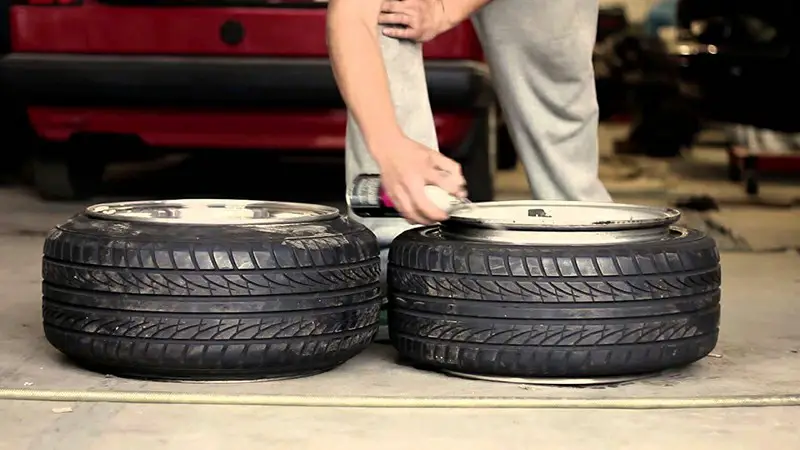
Tuning spreads along the roads of Russia at the speed of lava after the eruption of Vesuvius. Thousands of official dealers, network services and garage workshops will willingly take on the transformation of a car, whether it is a domestic “classic” at the price of a TV or a premium sedan that costs the price of a good apartment in the capital. Hundreds of exhibitions, festivals and competitions are held annually throughout the country. But does all this mean that there are no "white spots" on the tuning map? No. Now we will talk about a popular phenomenon, which, nevertheless, still raises many questions - tire preload, or stretch.
The word "stretch" is a Russian transcription of the English stretch - "pull", and is pronounced similarly. The common spelling "stretch" is a misnomer. Simply put, rubber is a “house” when a tire of a smaller width is put on a disk than is calculated by the manufacturer. For example, a 195mm tire instead of a 255 on a 9" wide rim. This is achieved by tensioning the sidewalls of the tire, the so-called profile. Now the profile is not perpendicular to the contact patch, but is at an obtuse angle.
How blunt is determined by the amount of interference, and it, in turn, depends on several factors: the difference in the width of the disk and tire, the height of the profile, the tire manufacturer and a number of others, but more on that later. In most cases, when stretching, the inner and outer edges of the disc bulge outward. Now that you associate the word "stretch" with more than just jeans, it's time to answer the main question.
In most cases, when stretching, the inner and outer edges of the disc bulge outward. Now that you associate the word "stretch" with more than just jeans, it's time to answer the main question.
Depending on the area of use, the answer to this question will be different. Below is a complete list of the "pros" and "cons" of stretch, now we will talk about primary sources. Historically, the method of stretching narrow tires on a wide disk appeared almost simultaneously in Germany and Japan at the end of the last century. But if in the east the cause was drift , then in the old world it was legislation, or rather attempts to get around it.
In Germany and Belgium, the law prohibits the operation of cars if the contact patch is outside the arches - this left no choice for lovers of a wide gauge. By pushing the disc out of the fenders, the stretch allowed the tire to stay inside and everyone was happy.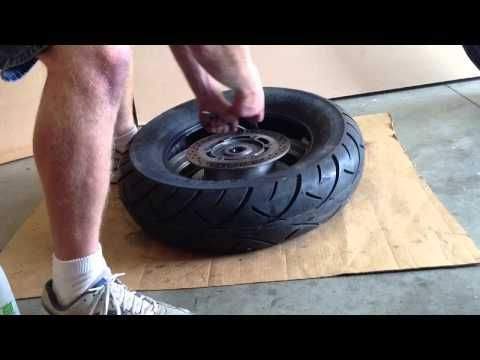 As for drifting, the tension is appropriate here for several reasons: a narrow tire is easier to break into a skid, it costs less, and due to the “house” it breaks less under lateral loads that occur in sliding.
As for drifting, the tension is appropriate here for several reasons: a narrow tire is easier to break into a skid, it costs less, and due to the “house” it breaks less under lateral loads that occur in sliding.
Decades later, all the reasons were intertwined, and now light stretch can be found even on some cars coming off the assembly line, such as the Infiniti Q60, but it was most widely used in the stens style.
In order not to get confused, it's time to put together all the terms related to stretch. "Stens" (from English stance - "landing", "posture", "posture") is a style in which stretch is used in most cases. According to his canons, the car should be pressed to the ground as much as possible, and the wheels to the arches. The latter has its own name - “fitment” and denotes the relative position of the disk, tire and wheel arch, or fender (wheel arch extension).
Such a fitment is considered ideal when the edge of the wheel arch is in the gap formed during a strong stretch - it is called a poke. The latter is often possible only when using an air suspension, which allows you to raise the car while driving, saving the arches from contact with the disk. Examples of a static, that is, without height adjustment, fitment are distinguished by a larger “rim gap” (rim gap is the distance from the edge of the disk to the wheel arch). Due to the operation of the suspension, the rim gap of a static car can range from a few millimeters (with an extremely stiff suspension) to five centimeters. In any case, the stronger the tightness, the more likely it is to secure the wheel arch and achieve a better appearance.
Let's say you've made the decision to stretch. What is needed for this? First, define your goals. If this is drifting or another sports discipline in which handling is at the forefront, then you should start by looking for tires in the right parameters, after which the required disk width will become clear.
What is needed for this? First, define your goals. If this is drifting or another sports discipline in which handling is at the forefront, then you should start by looking for tires in the right parameters, after which the required disk width will become clear.
Example: for track days, tires of dimension 225/40 R18 are selected, the recommended wheel width for which is 7.5 inches. Increasing the width of the disk by an inch, we get a slight tightness, and by two or three - a strong one.
On the contrary - if the appearance is more important than driving characteristics, then we are looking for discs of the maximum width that the wheel arches can accommodate. Suppose it is 10 inches in the seventeenth diameter. It is recommended to install tires of at least 275 millimeters on them, which means that a width of 245 or less is suitable for stretch.
It should be borne in mind that the height of the tire profile has an almost stronger effect on the ability to preload than its width. Low-profile tires have stiffer sidewalls, which make them harder to stretch, but give more effective stretch compared to 50% or more profile height.
Low-profile tires have stiffer sidewalls, which make them harder to stretch, but give more effective stretch compared to 50% or more profile height.
In order to understand the variety of sizes, enthusiasts create entire photo libraries, the most popular of which is tyrestretch.com. The name that speaks for itself will allow you to decide on the size and model of tires without resorting to experiments - hundreds of people have already tried different combinations. But even in spite of this, the choice can turn into an epic: tires of the same marking, but from different companies, can differ markedly in size, composition and characteristics. Decided? Buy.
Alas, the purchase of stretch wheels is no less “exciting” than the choice. Let's start with disks - it's easier with them. The only defining parameter here is the width. There is also a departure, but it has nothing to do with tightness, so we will not dwell on it. The rest is determined by personal preferences and budget: stampings or forged composites, new or used, ready-made version or "custom" in a single copy.
The only defining parameter here is the width. There is also a departure, but it has nothing to do with tightness, so we will not dwell on it. The rest is determined by personal preferences and budget: stampings or forged composites, new or used, ready-made version or "custom" in a single copy.
With tires it is more difficult, and even if we are talking about new ones. The fact is that “new” often means opposite things: produced a few months ago or never put on wheels. The latter may be ten years old - despite the fact that the shelf life of car tires is five years. Information about the production date is located on the sidewall of the tire and consists of four digits, the first two of which are the week of manufacture, and the second are the year.
If for some reason the choice falls on used tires, among other things, you need to pay attention to the condition of the toe - this is the inside of the bead. It should be free of cuts and cracks, as it ensures the tightness of the "stretched" tire. Without stretch, damage to the toe is not critical, because the tire is adjacent to the disk with the entire plane of the bead. You should also pay attention to the geometry of the inner ring - its curvature due to improper storage will prevent you from pulling a narrow tire on a wide rim. Finally, when everything is bought, the most interesting thing lies ahead.
It should be free of cuts and cracks, as it ensures the tightness of the "stretched" tire. Without stretch, damage to the toe is not critical, because the tire is adjacent to the disk with the entire plane of the bead. You should also pay attention to the geometry of the inner ring - its curvature due to improper storage will prevent you from pulling a narrow tire on a wide rim. Finally, when everything is bought, the most interesting thing lies ahead.
It is better to assemble wheels where they have experience in explosion and installation of non-standard sizes. If you do not approach the choice of a tire shop carefully, at best you risk simply not putting the tire on the rim, and at worst - damaging both. Let us focus only on the pumping procedure, because the rest of the actions do not differ from ordinary tire fitting.
The problem here is that the tire will take the desired stretched position only at high internal pressure (from 3 to 15 atmospheres). The narrow size of the tire prevents such pressure from being created. Humps (sides on the disk that do not allow the tire to get off inward) are located far from the tire beads, therefore, you have to resort to various non-standard methods.
The narrow size of the tire prevents such pressure from being created. Humps (sides on the disk that do not allow the tire to get off inward) are located far from the tire beads, therefore, you have to resort to various non-standard methods.
There are two options: seal the missing space with an auxiliary chamber or resort to an explosion. The second option is simpler and more technologically advanced. He, in turn, has two methods: explosive pumping (booster) and setting fire to a flammable liquid. In the first case, air is pumped into a cylindrical receiver with a volume of about 20 liters, after opening the valve of which, within a tenth of a second, it enters the tire, inflating it. When ignited, high pressure is created by the expansion of instantly heated air. Gasoline (or another flammable liquid) is applied to the entire circumference of the inner rim of the disk and set on fire with a torch. At the same time, air is supplied through the nipple, which does not allow the tire to jump back to its original position after the explosion.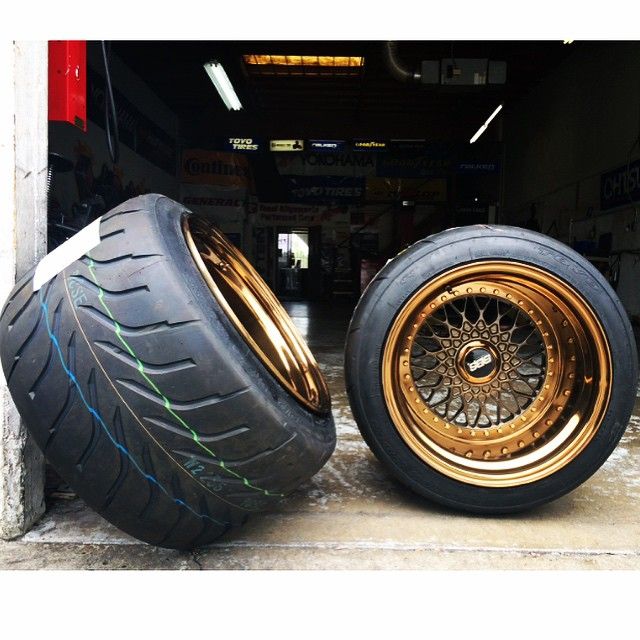 After the tire has taken the desired position on the rim of the disk, the operating pressure is set from 2.5 to 4 atmospheres.
After the tire has taken the desired position on the rim of the disk, the operating pressure is set from 2.5 to 4 atmospheres.
+ less tendency to break under lateral loads
+ the ability to take out the disks from the wheel arches while maintaining the track
+ reduction of the height of the profile when preloaded
+ lower cost of narrow tires compared to wide
+ the ability to lower the car more
+ visual enlargement of the disk
- lack of protection of disks from curbs
— high requirements for the condition of tires
- Less ride comfort
- more labor-intensive installation procedure
- high probability of disassembly in case of pressure loss
- increased load on the tire profile
practice
Articles / Tests Ninety-nine secrets: check what you know about the VAZ-21099 Some thirty years ago, the VAZ-21099 was a symbol of prestige and a real dream car for residents of newly formed states that arose within the CIS on the wreckage of the very country in which . .. 318 0 0 11/12/2022
.. 318 0 0 11/12/2022
Articles / Tuning Complete set that was not: tuning Subaru Forester II SG Attitude towards tuning, even among car owners, can be different: someone is a fan of any modifications, someone is fond of styling, someone loves sleepers, and someone (for example, me) is generally a pro ... 1981 0 2 11/11/2022
Articles / Repair and maintenance Air filter index: Parts price pullback, no shortages and a flurry of fakes The ruble exchange rate has stabilized in recent months at a relatively comfortable level for importers. Did prices for spare parts and consumables follow? In general, yes, and the prices for some... 1192 2 one 09.11.2022
Did prices for spare parts and consumables follow? In general, yes, and the prices for some... 1192 2 one 09.11.2022
Test drives / Test drive Haval Dargo vs Mitsubishi Outlander: the dog is barking, the stranger is coming In the Haval dealership in the south of Moscow, life is in full swing: buyers look at cars, communicate with managers and sign some papers. While I was waiting for the test Dargo, the same cross... 15844 7 205 13.09.2022
Test drives / Test drive Motor from Mercedes, emblem from Renault, assembly from Dacia: test drive of the European Logan 1.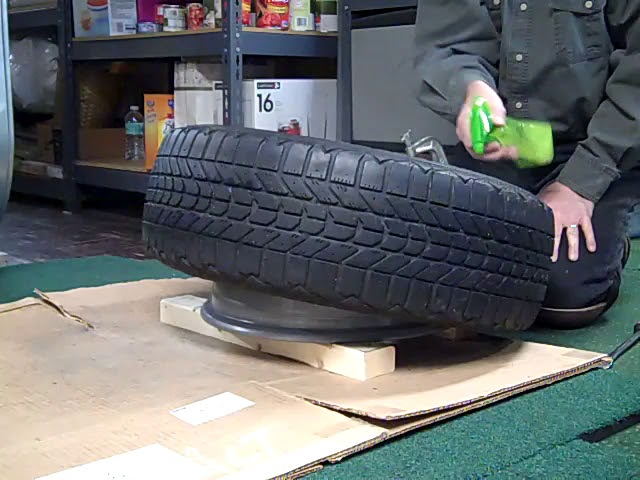 0 It would seem that what's new can be told about the second generation Renault Logan, known to every Russian taxi driver, as they say, up and down? However, this car has... 13316 ten 41 08/13/2022
0 It would seem that what's new can be told about the second generation Renault Logan, known to every Russian taxi driver, as they say, up and down? However, this car has... 13316 ten 41 08/13/2022
Test drives / Test drive Geely Coolray vs Haval Jolion: Free Cheese? If! Do you want to buy a car today with a full warranty, on credit at an adequate rate, without wild dealer markups? Now this is still a task, because a full-fledged chain of "representation - s... 10400 26 thirty 08/10/2022
Tire stretching has been around for decades, and during that time, stretched tires have become a craze for car enthusiasts. Many people actively use this add-on just because it makes their cars iconic.
Many people actively use this add-on just because it makes their cars iconic.
Interested in updating your car with these tires? Read this guide to stretched tires.
Stretch tires refer to fitting a narrow tire to a wider rim or wheel. In fact, this is a modification of the wheels by stretching them a few inches. The recommended stretch is 1 to 3 inches. Stretching allows you to install a wider wheel that does not rub the fender and sits perfectly on the edge of the wheel.
Stretching is more like a personal preference that does not affect the driving performance of the car. In addition, it can cause a number of problems such as bead stripping, cord blowing, loss of tire pressure, increased risk of hydroplaning, wheel side wall rupture and wheel edge abrasion.
Does stretching a tire improve vehicle performance? That's a moot point.
However, many people find it helps with skidding due to loss of traction.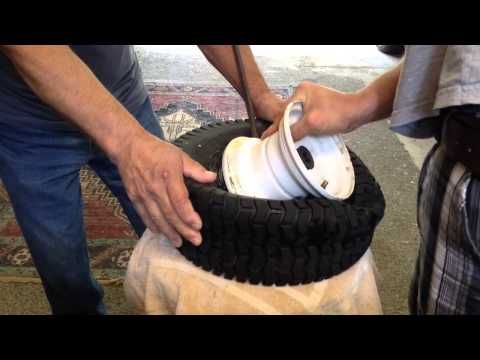 Because the wheels don't touch the arch, you can also get a few extra benefits, like better sidewall control and a higher footprint.
Because the wheels don't touch the arch, you can also get a few extra benefits, like better sidewall control and a higher footprint.
To some extent, it's all about where you go. The stretched wheels will provide excellent performance on smooth pavement, something like racing tracks. For this reason, it is better to tune the wheels on sports models rather than commuter cars.
Interestingly, there are no reported accidents caused by this modification. Automotive experts advise, as long as you don't overdo it, you'll be fine.
Many mechanics refuse to stretch tires, citing a breakdown in the mechanical integrity of the car. If you're still curious, follow this DIY guide. Remember that the process is complex and requires adequate mechanical skills and your patience.
Select a popular tire brand and select tires that match your vehicle make and model.